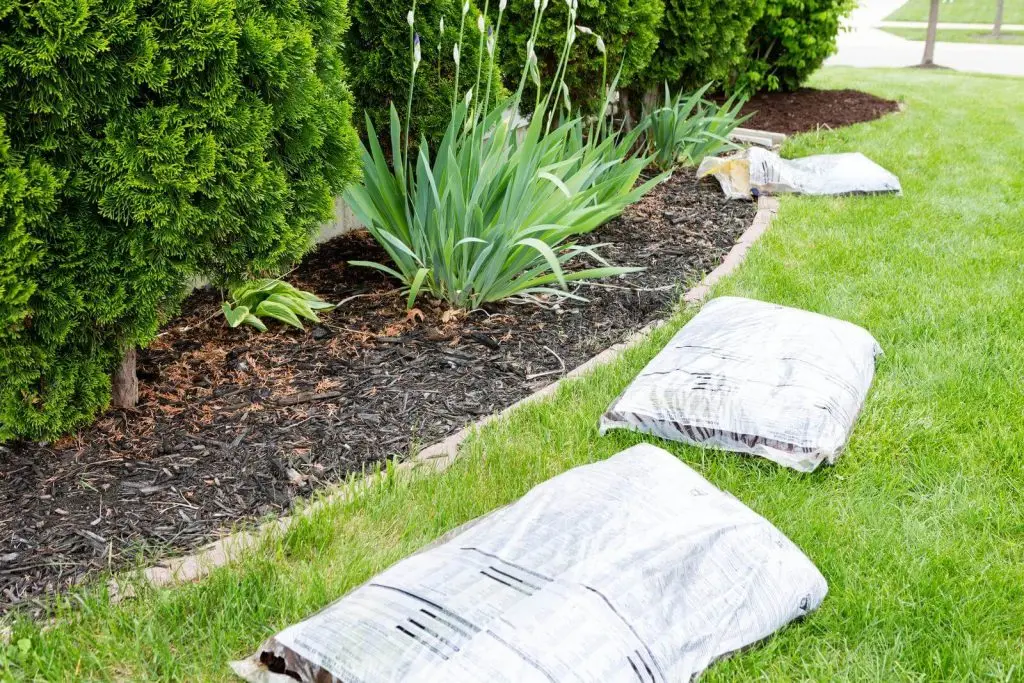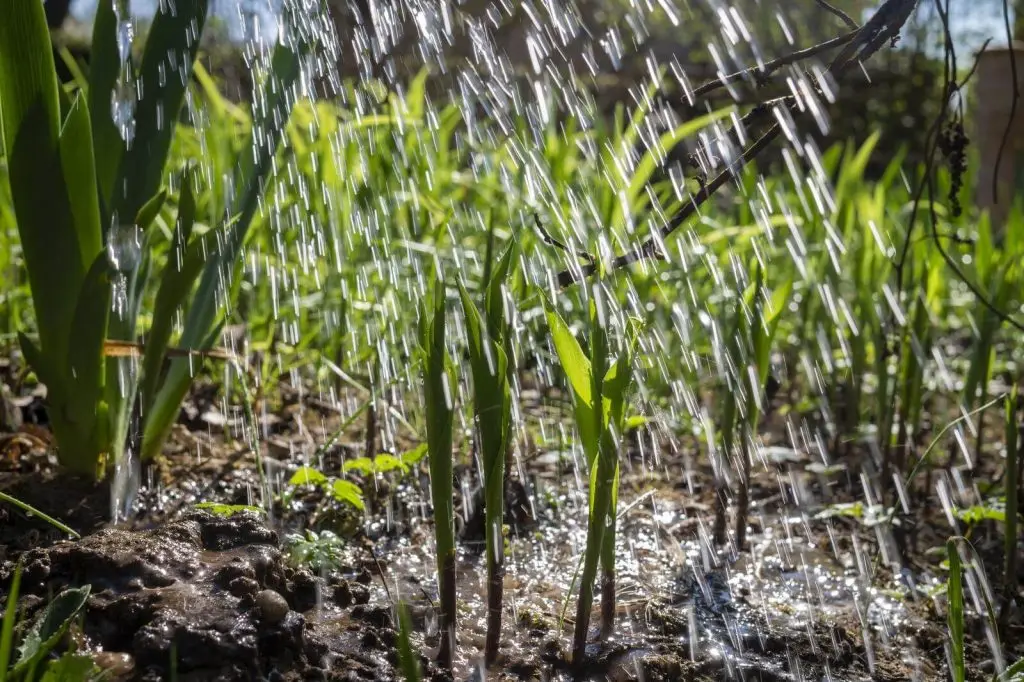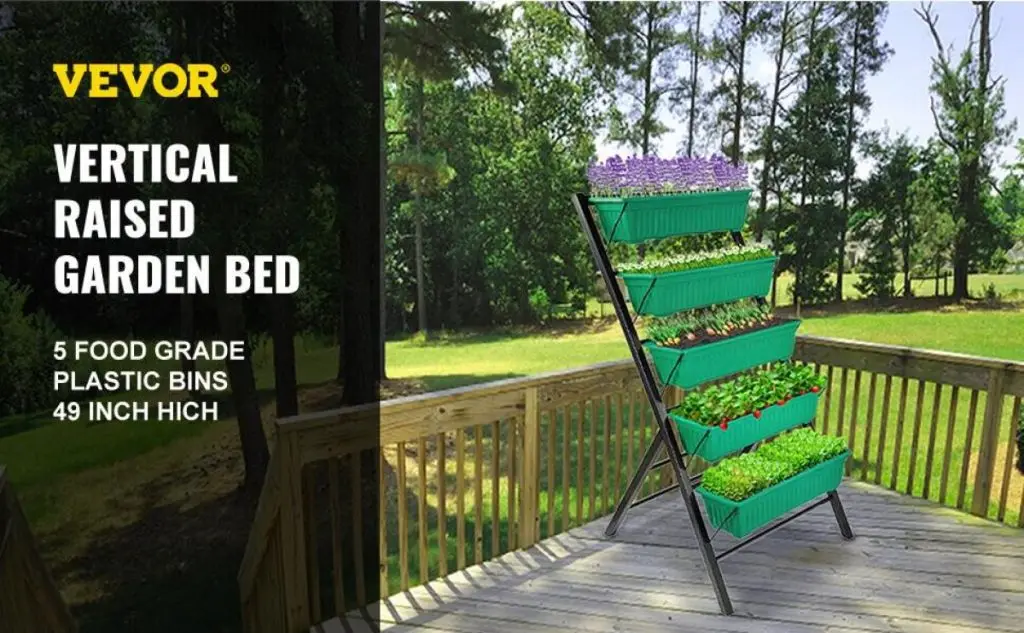Keeping your garden lush and vibrant comes down to one crucial element – water. Proper irrigation is key to making sure your plants get the hydration they need without overdoing it.
However, finding the right balance can be tricky, especially when dealing with different plants, weather conditions, and soil types.
In this guide, we’ll discuss 10 essential tips to bear in mind when irrigating a garden. We’re sure they will help you a lot to ensure your garden is always looking its best year-round.
Table of contents
- Why Proper Irrigation Matters for Your Garden’s Health
- Tip 1 – Assessing Your Garden’s Unique Water Needs
- Tip 2 – Choosing the Right Irrigation System: Drip or Sprinkler?
- Tip 3 – When is the Best Time to Water Your Garden?
- Tip 4 – Mastering Deep Watering Techniques
- Tip 5 – Mulching: A Simple Way to Retain Soil Moisture
- Tip 6 – Regular Maintenance Keeps Your Irrigation System Efficient
- Tip 7 – Adjusting Irrigation for Seasonal Changes
- Tip 8 – Avoiding Common Irrigation Mistakes
- Tip 9 – Embracing Smart Irrigation Technology
- Tip 10 – Sustainable and Eco-Friendly Irrigation Practices
- Boost Your Garden with VEVOR’s Irrigation Solutions
Why Proper Irrigation Matters for Your Garden’s Health
Before going ahead to show you some important irrigation tips that can help with your garden, let’s first address why you need to pay attention to irrigation in the first place.
Irrigation plays a crucial role in maintaining your garden’s health. It ensures your plants get the right amount of water to thrive. When your garden is properly watered, it helps with nutrient absorption, keeps the soil structure balanced, and promotes strong root growth, which is essential for a healthy, lush garden.
By helping to deliver water evenly, an effective irrigation system also prevents soil erosion and nutrient runoff. That way, it helps keep your plants nourished and stable.
However, improper watering – whether overwatering or underwatering – can be detrimental. Overwatering drowns plant roots, leading to rot, poor oxygen flow, and fungus growth. On the other hand, underwatering causes plants to dry out, weakening their structure and making them more vulnerable to disease.
Both can severely impact your garden’s health if not addressed. That’s why understanding proper irrigation techniques is key to ensuring your garden flourishes.
Now, let’s go see some important irrigation tips that can help keep your garden in top shape.
Tip 1 – Assessing Your Garden’s Unique Water Needs
Every garden is different, and your irrigation approach should match your garden’s unique conditions. Soil type plays a big role in how well water is absorbed and retained.
For example, sandy soil drains water quickly, while clay soil holds onto water longer, often leading to soggy roots. Knowing your soil type can help you adjust your watering schedule to avoid over or underwatering.
A great way to test soil moisture is by sticking your finger into the soil about an inch deep. If it feels dry, your plants likely need water. If it’s still moist, hold off on watering. Also, keep in mind that different plants have different water needs. For instance, succulents require far less water than leafy vegetables or flowering plants.
If you will be getting things right when it comes to irrigating a garden, you will need to have a good understanding of how to tailor your irrigation to your garden’s soil and plant types!
Tip 2 – Choosing the Right Irrigation System: Drip or Sprinkler?
Selecting the right irrigation system is key to keeping your garden healthy while managing water efficiently.
Two popular irrigation options are drip irrigation and sprinkler systems. Let’s compare the two of them so you can make the best choice for your garden.
Drip Irrigation Systems: The Water-Saving Solution
Drip irrigation systems are ideal for water conservation, as they deliver water directly to the base of each plant. This targeted approach reduces evaporation and ensures that water goes where it’s needed most.
Drip systems are especially useful for gardens with varying plant types and beds, as well as those with water-sensitive plants like succulents or vegetables.
Benefits of drip systems:
- Minimize water waste by delivering water directly to the roots.
- Reduce the risk of overwatering, as only small amounts are delivered at a time.
- Ideal for raised beds, potted plants, or gardens with plants that have specific water needs.
Sprinkler Systems: Coverage and Convenience
Sprinkler systems are perfect for larger gardens or lawns that need widespread coverage. They’re convenient for covering big areas at once, but without proper use, they can lead to water waste.
So, when considering a sprinkler system, we recommend you also pay attention to the tips below to help you use it efficiently:
- Time it Right: Water early in the morning or late in the evening to reduce evaporation.
- Adjust the Sprinklers: Make sure the spray is hitting plants, not sidewalks or driveways.
- Use Timers: Set a timer to avoid overwatering and ensure even coverage.
- Monitor Weather: Avoid running the sprinkler system on rainy days to prevent excess water.

Tip 3 – When is the Best Time to Water Your Garden?
This is one of the essential garden watering tips you will also need to pay attention to. Do you know the best time to water your garden? Proper timing ensures that your plants get the most out of each watering, reducing waste and promoting healthy growth.
The best time for irrigating a garden is early in the morning, ideally between 6 a.m. and 10 a.m. This allows the water to absorb into the soil before the heat of the day causes it to evaporate.
Morning watering also gives plants a chance to hydrate and strengthen before facing the sun. Watering in the late afternoon or early evening can also be effective, but be careful not to water too late, as lingering moisture on leaves overnight can encourage mold and disease.
Tip 4 – Mastering Deep Watering Techniques
Deep watering is essential for promoting strong root development in your plants. By watering deeply, you encourage roots to grow further into the soil, making them more resilient during dry spells.
Rather than giving your plants small amounts of water frequently, it’s better to water less often but for longer periods. This allows the water to penetrate deeply into the soil, reaching the roots where it’s needed most.
A good rule of thumb is to water about once or twice a week, depending on your soil type and climate. Slow, steady watering using a soaker hose or drip system works best for deep watering.
Tip 5 – Mulching: A Simple Way to Retain Soil Moisture

Mulching is a game-changer when it comes to efficient garden irrigation. When you cover the soil around your plants with a layer of mulch, you help retain moisture, keeping the roots hydrated for longer.
Mulch reduces water evaporation, protects the soil from extreme temperatures, and even prevents weed growth.
For different plants, you can use organic mulches like shredded bark, straw, or compost, which break down over time and enrich the soil. For more decorative options, rock or gravel mulches can also help with water retention.
Tip 6 – Regular Maintenance Keeps Your Irrigation System Efficient
Even the best irrigation systems need regular maintenance to stay efficient. Routine checks help you spot leaks or clogs that could waste water or leave some areas under-watered.
Check your drip emitters or sprinkler heads regularly to make sure they’re working properly and aren’t clogged with dirt or debris.
For sprinkler systems, ensure the water is being distributed evenly and that no areas are being over-saturated.
Fixing small issues early prevents bigger problems down the line and keeps your system running smoothly. This can help save both water and effort in the long run.
Tip 7 – Adjusting Irrigation for Seasonal Changes
All seasons are not the same. Watering needs vary with the changing seasons. That makes it very important to adjust your irrigation schedule accordingly.
During the hot summer months, your plants will need more frequent watering due to higher evaporation rates. In cooler seasons like spring and fall, you can reduce watering since the soil retains moisture longer. Winter often requires minimal watering unless you have evergreens or winter crops.
We recommend that you regularly check soil moisture levels and adjust your schedule to prevent over or underwatering. You will need these seasonal adjustments to maintain healthy plants all year round.
Tip 8 – Avoiding Common Irrigation Mistakes

There are several common mistakes gardeners make when it comes to irrigation, but they’re easy to avoid.
It is not enough to show you garden watering tips to help you get garden irrigation right. We also need to help you avoid some common errors that can jeopardize your efforts.
One frequent error is overwatering, which can lead to root rot and fungal growth. Underwatering, on the other hand, leaves plants dehydrated and stunted. Another mistake is watering at the wrong time of day. You should avoid watering during the hottest hours because it can result in more evaporation and wasted water.
Also, using a one-size-fits-all approach for all plants can be problematic, as different species have different needs.
Recommended For Your Project
Tip 9 – Embracing Smart Irrigation Technology
Technology is not only changing the way we communicate and work; it is also having a hand in how we water our gardens.
Smart irrigation technology is revolutionizing the way we water gardens. With systems that can be controlled through apps or synced with weather forecasts, you can automate watering schedules and avoid overuse.
One great example is the VEVOR WiFi Sprinkler Timer. This innovative device lets you manage your irrigation from anywhere via WiFi or Bluetooth. You can even control it with voice commands using Alexa or Google Assistant!
Its IPX6 waterproof design ensures durability, and its smart scheduling capabilities mean you can save water while keeping your garden lush.
This product is perfect for taking your garden watering tips to the next level by incorporating modern technology.
Tip 10 – Sustainable and Eco-Friendly Irrigation Practices
Conserving water is key to a sustainable garden, and there are plenty of irrigation system tips to help reduce water waste.
Start by collecting rainwater to use for irrigation and setting up drip systems to minimize evaporation. Mulching around your plants also helps retain moisture, meaning you’ll need to water less frequently. Also, using timers and moisture sensors can also ensure you’re only watering when necessary.
So, there are many ways you can keep your garden thriving while doing your part to conserve valuable resources.
Recommended For Your Project
Boost Your Garden with VEVOR’s Irrigation Solutions
VEVOR offers a wide range of irrigation products designed to help you put these garden watering tips into action.
Whether you’re looking for water-saving drip systems, retractable hose reels, efficient sprinkler setups, etc., VEVOR has the tools to support every stage of your garden’s growth. These products make it easier to maintain consistent watering, prevent overwatering, and ensure your plants receive the hydration they need, all while conserving resources.
Ready to take your garden irrigation to the next level? Explore VEVOR’s irrigation solutions today and find the perfect tools to create a lush, healthy garden!
Conclusion
Proper irrigation is the foundation of a thriving, lush garden. By understanding your garden’s unique water needs, adjusting for seasonal changes, and using the right techniques, you can ensure that your plants grow strong and healthy.
Throughout this guide, we’ve provided essential irrigation system tips to help you avoid common mistakes and make the most of your watering efforts. Now it’s time to put these tips into action!
Whether you’re irrigating a garden with a drip system, using smart technology, or mulching for moisture retention, these strategies will make a big difference.
For the best results, consider using VEVOR’s reliable irrigation products to keep your garden looking its best throughout the round.





